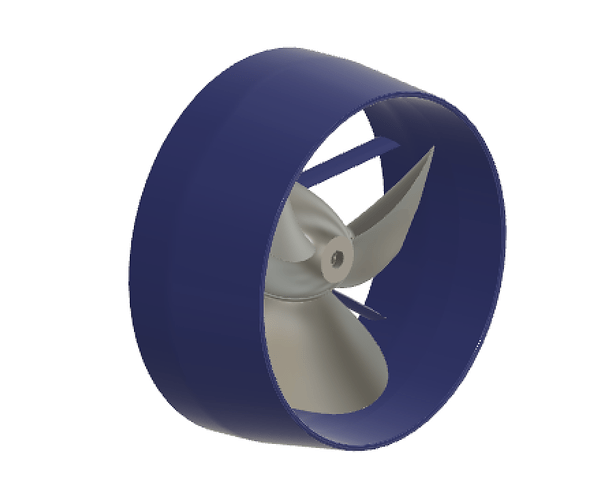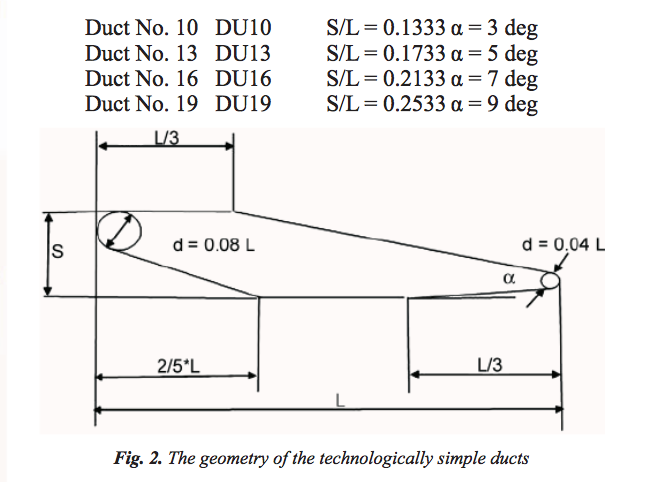Think the 65161 (Flipsky)and other similar tested on this forum has more power than a 6 hp outboard right(at least on paper)? Those are used in 100-120 Kv versions, so yes a bit higher, pending on voltage, but not that much higher than the roundabout 3000 rpm a small outboard propeller is doing on a light boat. What puzzles me is why it looks like the diameter need to be smaller to work well on this application than on similar power on ordinary boats. Lack of torque? Pitch range is often close to the same though.
Lift and buoyance are different things. For propeller tuners, its a well known phenomena that on speed boats that does not have enough “bow lift”, by shortening/cutting the propeller tube, the stern will settle deeper increasing the bow lift. This happens obviously only at speed.
I do not say the tube is better than tapered, is just say that looks like practical examples in real world
is so far not supporting the theory that much. Maybe this one is easy to cure, You just have to design a tapered end propeller that works better then the FR one 
Good idea with driving in reverse, need to study can the gearbox take that force, might be that it can not.
Yes, fully agree, static test has pretty little to do with reality in higher speed, for tug boat yes, otherwise not that much.




